Modern runways might seem like the pinnacle of creativity, but much of today’s fashion has roots in the past. From the ornate jewelry of the Etruscans to the vibrant textiles of the Inca, forgotten cultures have quietly shaped what we wear today. This article dives into the intriguing intersection of fashion, heritage, and human ingenuity as preserved through ancient civilisations. By exploring the clothing, accessories, and aesthetics of lost worlds, we gain not only a deeper appreciation of design but also a richer connection to history itself.
In an age where cultural fusion is celebrated, looking back to ancient cultures and lost civilisations offers a treasure trove of sustainable, meaningful style inspiration. Let’s uncover how the remnants of the past continue to influence the future of fashion.
Egyptian Elegance: Timeless Trends from the Nile
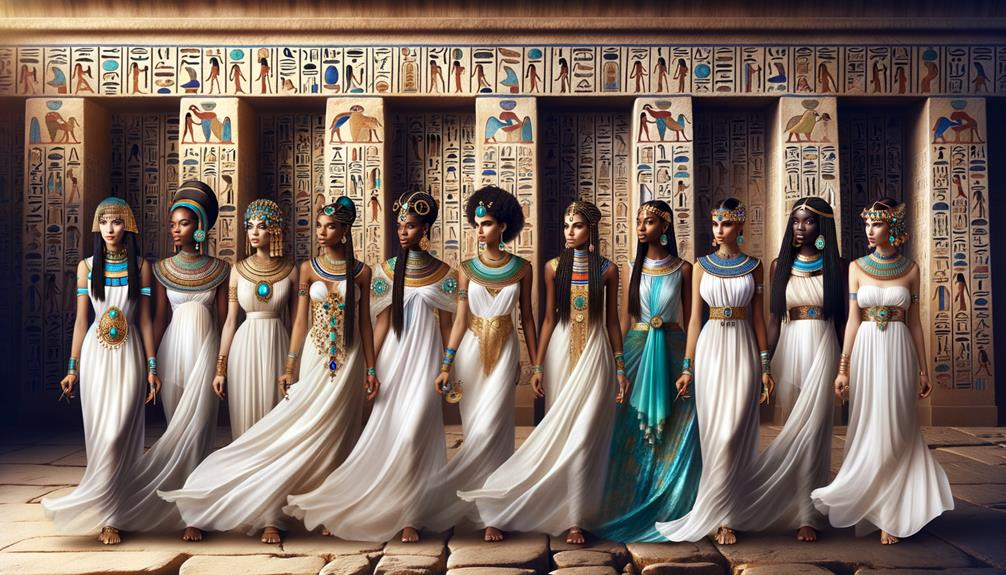
When it comes to ancient glamour, few cultures rival the style legacy of Egypt. Gold collars, linen robes, and dramatic kohl-lined eyes defined Egyptian attire, blending spiritual significance with visual drama. The use of geometric patterns, symmetrical designs, and bold jewelry wasn’t just ornamental—it told a story about status, faith, and the divine.
Modern designers often pay tribute to this civilisation through metallic hues, beaded collars, and flowy silhouettes. Brands such as Balmain and Zuhair Murad have incorporated Egyptian motifs into couture lines, proving that the allure of the Nile remains timeless. Looking to this ancient culture teaches us that fashion isn’t merely decorative—it’s deeply expressive and symbolic.
Andean Artistry: The Power of Pattern in Incan Weaving
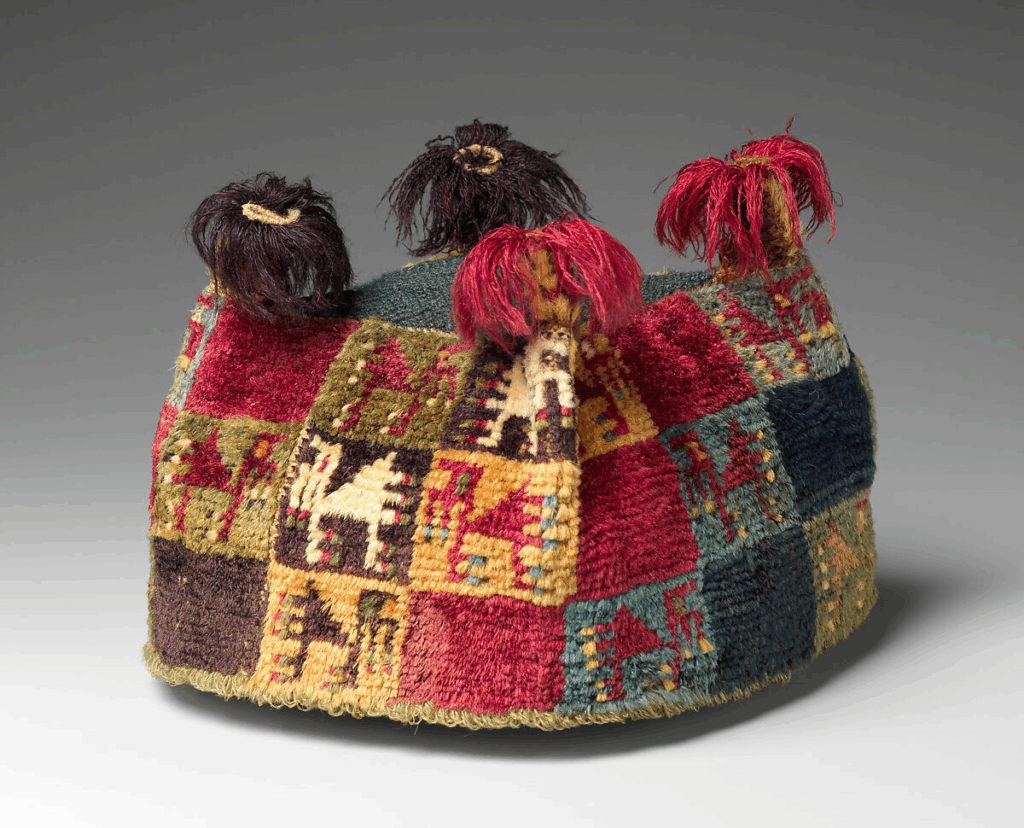
The Incan civilisation, high in the Andes, crafted intricate textiles that still inspire awe. Their vibrant patterns were more than decoration—they were communication tools, each color and weave representing aspects of identity and geography. Alpaca and llama wool were expertly spun and dyed using natural pigments, long before the idea of eco-friendly fashion took root.
Today, designers seeking sustainability and tradition draw heavily from Andean influences. Peruvian-inspired ponchos, woven belts, and patterned knits make appearances in both streetwear and luxury collections. The philosophy of Andean culture teaches us that garments can carry stories, offering warmth not just in the physical sense but culturally as well.
Mesopotamian Majesty: Drapes and Decadence
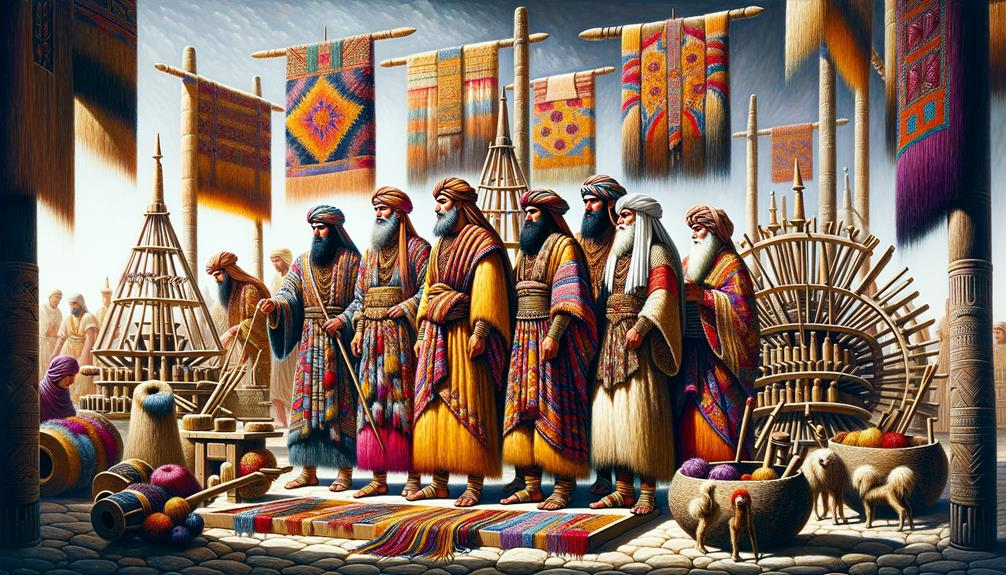
Often considered the cradle of civilisation, Mesopotamia laid many foundations—including that of fashion. Garments here prioritized draping, symmetry, and texture, with an emphasis on woven tunics and sashes made from wool or flax. Royalty wore embroidered robes and elaborate headwear, while civilians opted for practical, yet gracefully styled, layers.
Mesopotamian-inspired silhouettes have recently resurfaced in designer collections that favor draped gowns and detailed embroidery. This ancient culture shows us how fashion can be both regal and functional, elegant and everyday. It highlights the brilliance of minimalism long before it became a modern buzzword.
Minoan Movement: Fluidity and Feminine Power
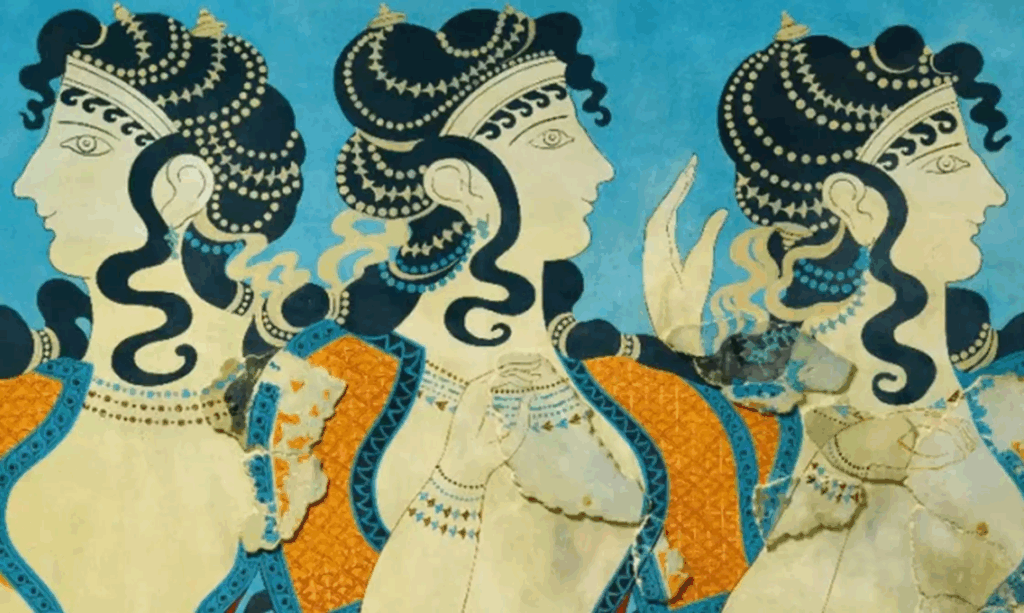
The Minoans of Crete, one of Europe’s earliest civilisations, embraced gender fluidity and celebrated the human form. Women’s fashion featured layered skirts, open bodices, and sashes—highlighting natural movement and freedom. Bright colors, complex embroidery, and a celebration of curves marked their unique style.
These design principles are echoed in today’s gender-inclusive fashion lines, which challenge rigid norms and emphasize body positivity. The Minoan focus on fluidity and empowerment is more relevant than ever, making it one of the most forward-thinking ancient cultures in terms of style philosophy.
Fashion as Culture: Honoring the Lost While Inspiring the New
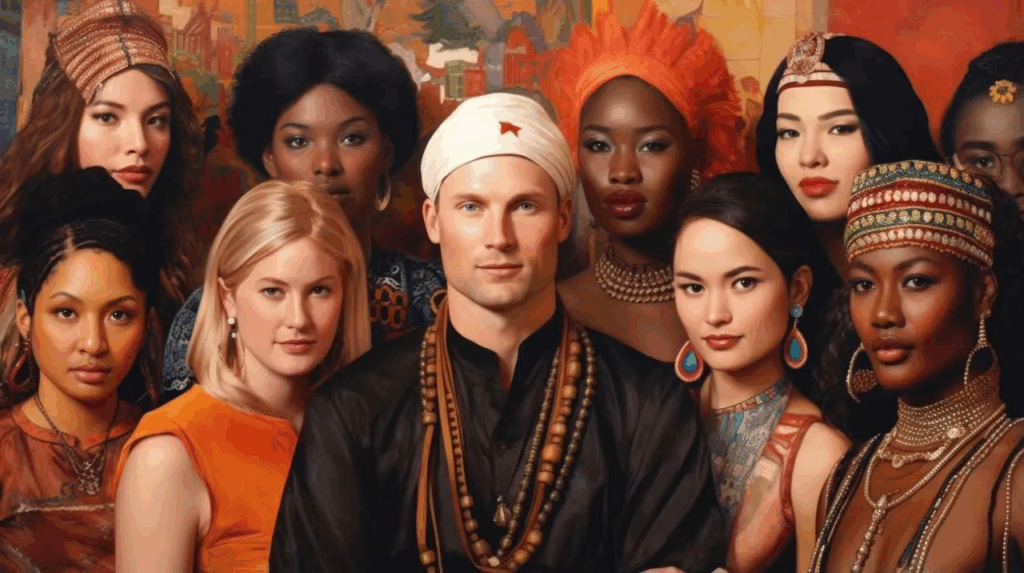
From bold accessories to handwoven fabrics, each lost civilisation leaves behind more than ruins—they gift us a language of design. Today, more designers are recognizing the importance of cultural integrity, sourcing inspiration ethically, and crediting the traditions they build upon. This growing awareness fosters global unity while enriching creative expression.
But it’s not just about looking back—it’s about reinterpreting. Designers like Stella Jean and Rahul Mishra draw directly from ancestral styles to create clothing that feels both modern and timeless. Through their work, fashion becomes a bridge, connecting us across time, geography, and identity.
In a world increasingly focused on sustainability and authenticity, mining the aesthetic wealth of ancient cultures offers more than novelty—it presents a model for respectful innovation. Fashion isn’t just about the future; it’s about the stories that brought us here.
Conclusion: Timeless Influence of Lost Civilisations
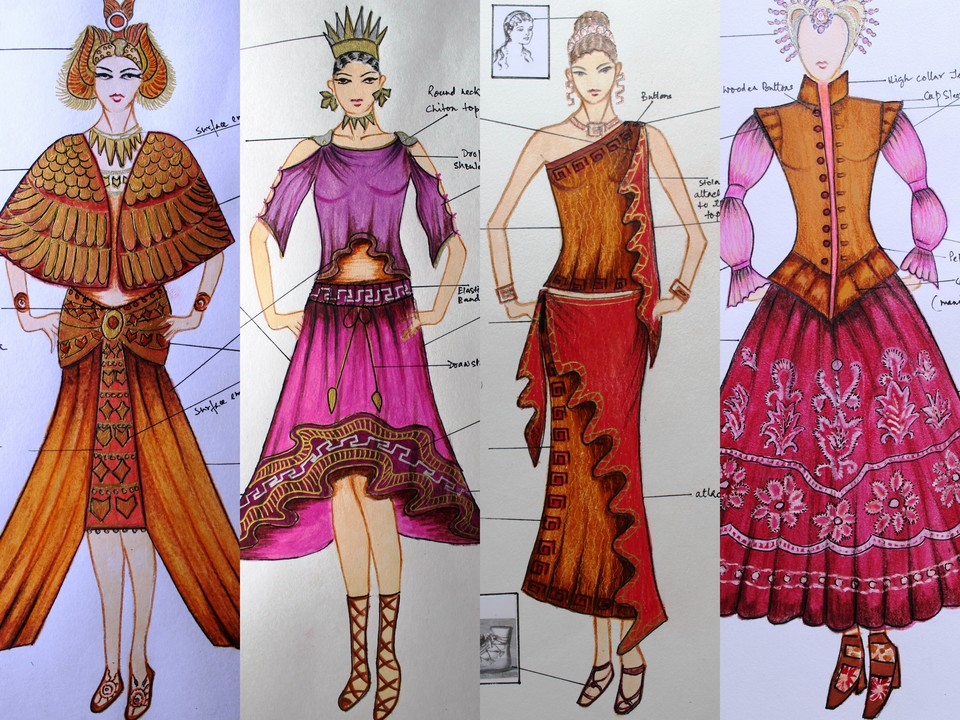
Fashion from forgotten cultures reminds us that style is cyclical, cultural, and deeply human. Each ancient civilisation left a unique sartorial signature—crafted with meaning, tradition, and artistry. By revisiting these roots, we can honor their legacy while forging a more thoughtful path forward.
As the fashion world continues to evolve, looking backward can be just as powerful as looking ahead. In rediscovering the textiles, silhouettes, and stories of the past, we open the door to deeper inspiration—and a future where fashion is not just beautiful, but profoundly connected.
